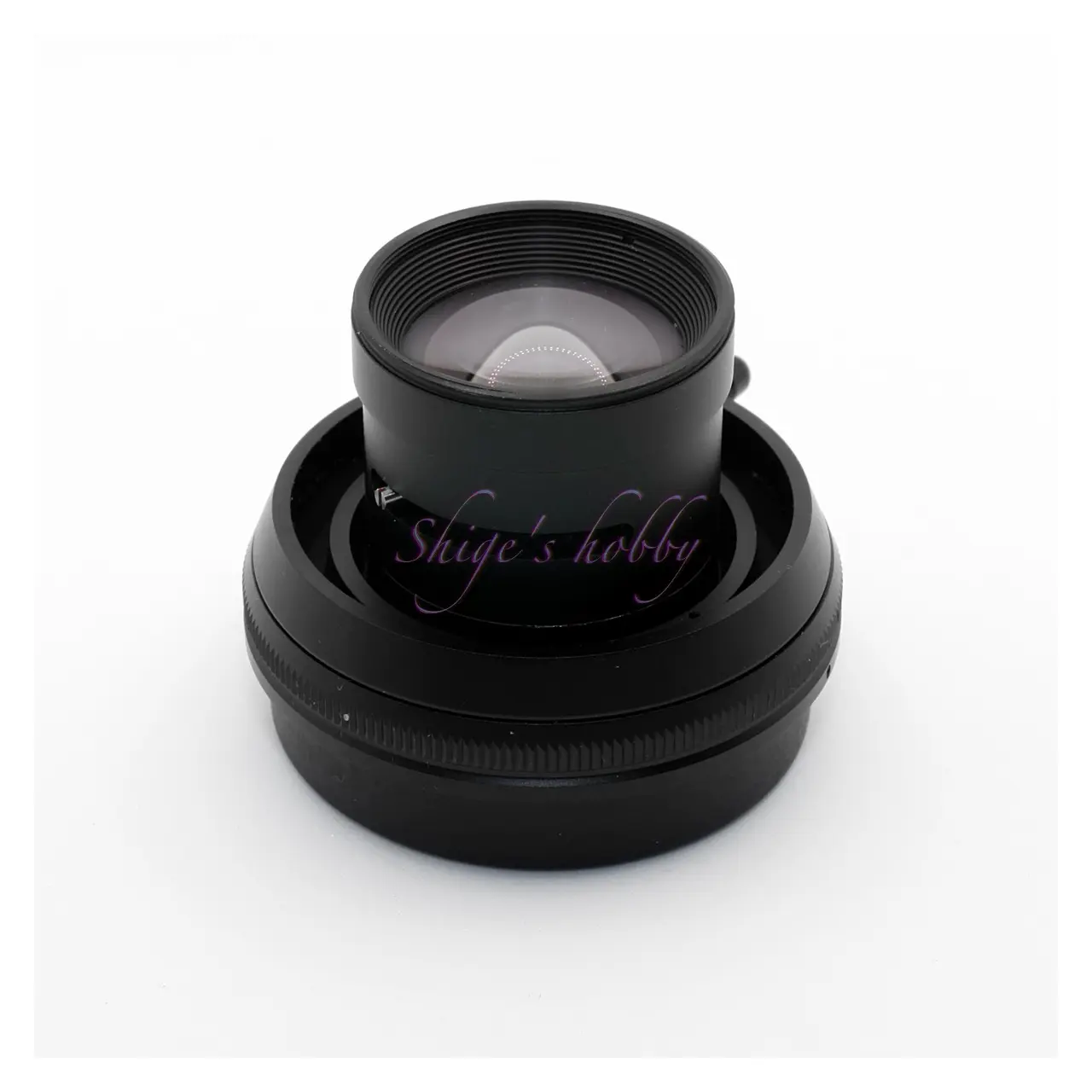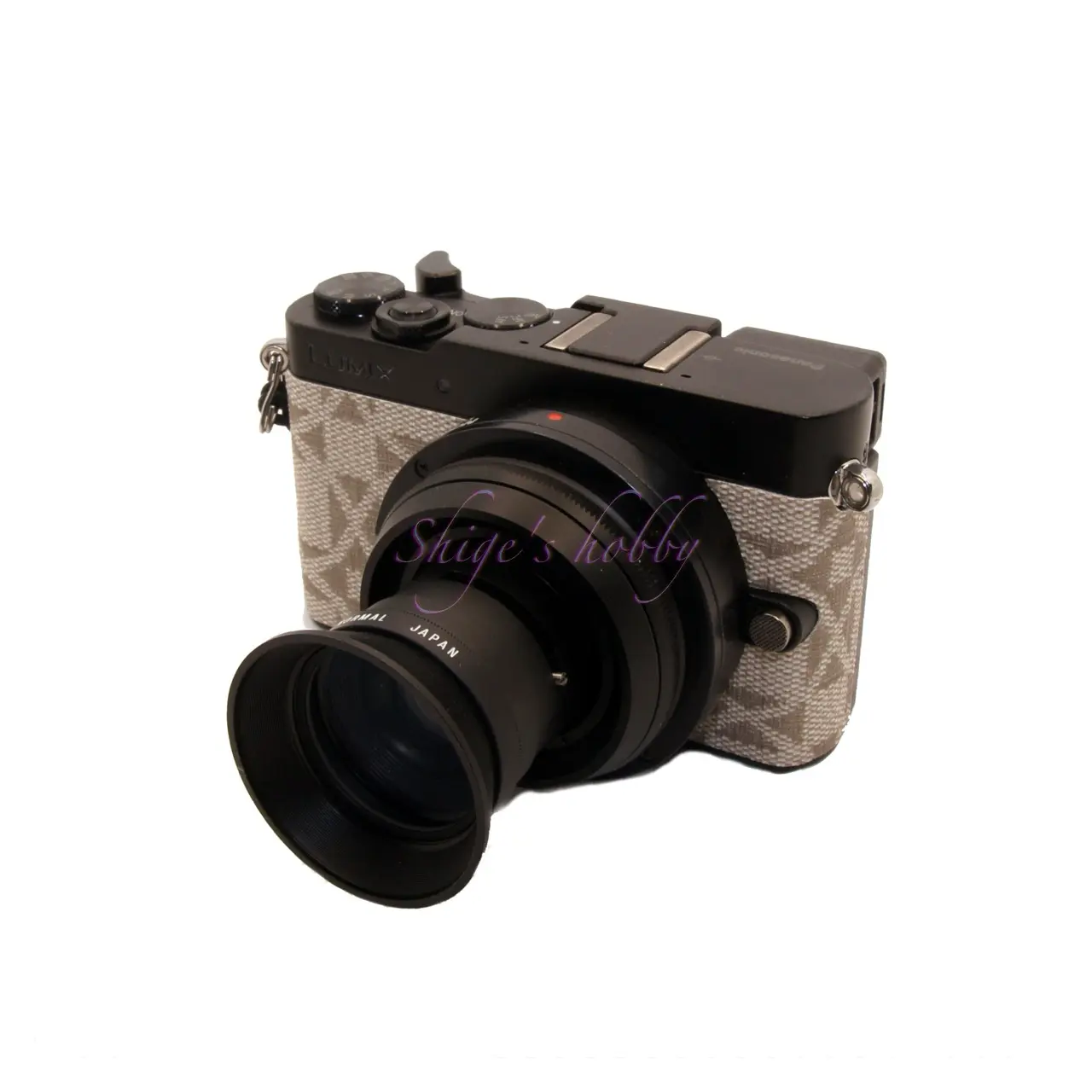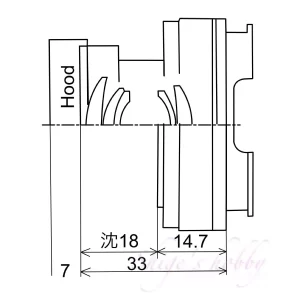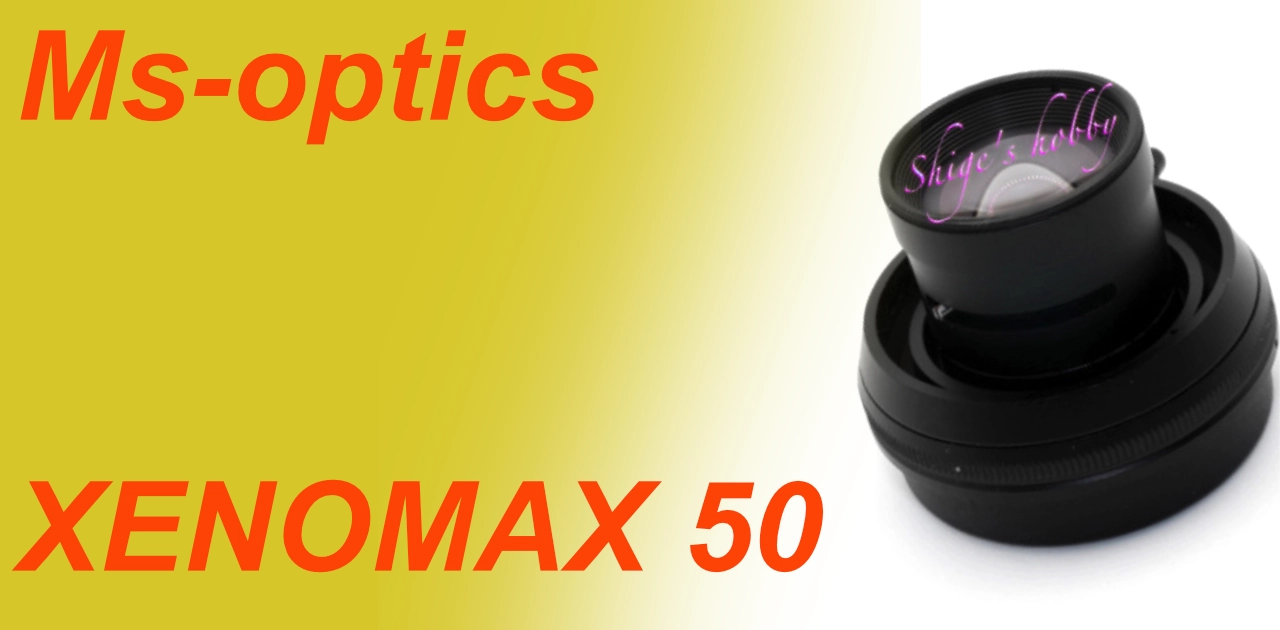Last updated on 2025-09-03
A review and photo examples of using the Ms-Optics XENOMAX 50mm F3.5 (Miyazaki Optical) with a digital camera.
- Please see the disclaimer regarding advertising here.
- Italicized links in the text are advertisement links that take you to other sites.
Table of contents
Gallery
Sample photos taken with the Panasonic LUMIX GM5 and HASSELBLAD X1DII.
Review


1.Overview
The Ms-Optics XENOMAX 50mm F3.5 is a standard lens with a focal length of 50mm that uses the Leica M mount to cover digital medium format sensors (44x33mm), released in 2022.
With a lens length of 33mm and a weight of 63g, it is a compact lens like conventional Ms-optics lenses while covering digital medium format sensors. It is one of the lenses in the MS-Optics (Miyazaki Optical) history series, and uses a Xenotar type lens configuration, which is said to pursue high performance in terms of aberration and resolution.
The main specifications are as follows, and detailed specifications are listed in the table.
- Lens configuration of 4 groups and 5 elements
- Aperture is F3.5-16
- Aperture blades are 12
- The minimum shooting distance is 0.5m for mirrorless cameras
- The rangefinder of the rangefinder camera can be linked up to 0.8m
- Filter diameter 30.5mm
- A 30.5mm diameter reverse thread hood is included
- The lens barrel is a retractable type
2.Usability
The Ms-Optics XENOMAX 50mm F3.5 is a lens with a focal length of 50mm. When used with a 35mm full-frame sensor, the focal length of 50mm is 40mm for a digital medium-format sensor (44x33mm), 75mm for an APS-C size sensor, and 100mm for a Micro Four Thirds sensor.
The photo examples are from the Micro Four Thirds camera LUMIX GM5, which has the smallest sensor.
The results of shooting with the medium-format digital camera HASSELBLAD X1DII are posted at the link below.
As mentioned above, the focal length of Micro Four Thirds is 100mm, but the neat depiction all the way to the edges of the screen shows the benefit of using only the best parts of the lens in the center.
With a medium-format digital sensor (44 *33mm), there is almost no distortion or lack of light around the edges of the image, but vignetting can be seen in the extreme corners of the screen when shooting a blue sky.
In terms of operation, you can expect quick operation with a rangefinder camera that has a simple lens barrel and a shallow rotation angle of about 30 degrees from infinity to a minimum shooting distance of 0.5m, and double image matching. With EVF cameras, adjusting the focus can be difficult due to the small rotation angle.
When raw images are developed directly, the color tone is natural and the contrast is slightly lower. If you want a flashy image, you can change the impression by slightly increasing the contrast and saturation in the development software.
3.Summary
In conclusion, to sum up the Ms-Optics XENOMAX 50mm F3.5, it is a standard lens that covers digital medium-format sensors.
50mm lenses are a masterpiece, and it is difficult to differentiate them from other companies’ lenses. This lens also does not have any outstanding features in its depiction, and there is no sense of individuality that is unique to this lens.
Specification and Competitor
Ms-optics has released many standard lenses, and like Leica and Voigtlander, you can choose the brightness of the aperture depending on the purpose of shooting. The lens name and maximum aperture are listed below. All lenses are lighter and more compact than lenses of the same specifications from other companies.
- GA-ISM = 1.0
- SONNEATR = 1.1
- SONNETAR (MS-MODE-S) = 1.3
- VARIO PRASMA = 1.5
- APOQUALIA-H = 3.5
- XENOMAX = 3.5
- LUMITAR = 3.5
A lens with the same maximum aperture F value as Leica Elmar, etc., is not much different in size from other companies’ lenses due to structural limitations, so it is difficult to bring out the characteristics of Ms-Optics.
Ms-optics’ standard lenses do not have an aperture value of F2, but the Petzval homage lens, Ms-Optics PETZ, has a specification of 57mm F2.

| Items | XENOMAX | APOQUALIA-H | MS-MODE-S | MS-ISM |
| Focal length(mm) | 50 | 50 | 50 | 50 |
| Max aperture | 3.5 | ← | 1.3 | 1.0 |
| Min aperture | 16 | 22 | ← | ← |
| Aperture blades (Diaphragm) | 12 | ← | ← | 16 |
| Lens Construction | 4群5枚 | 3群5枚 | 4群5枚 | 5群7枚 |
| Min distance(m) | 0.5 | 0.85 | 1.0 | 0.8 |
| Lens length(mm) | 33 | 39 | 36 | 41 |
| Max diameter(mm) | 50 | 50 | 51 | 55 |
| Filter Size(mm) | 30.5 | 30.5 | 49 | 55 |
| Weight(g) | 63 (M) | 90 (L39) | 165 (L39) | 178 (M) |
| Release date | 2022 | 2009 | 2006 | 2019 |
Reference links
Affiliate links

Amazon Prime Sale
Update history
- 2025.7.12
- 2024.11.12
- 2024.03.10:Update article
- 2023.05.29:First draft



Be First to Comment